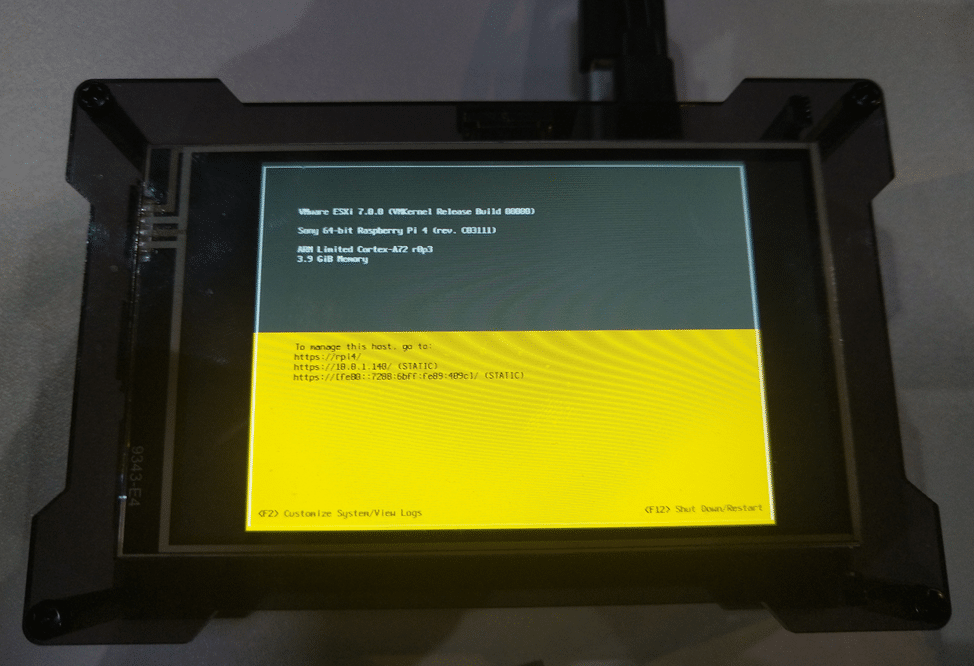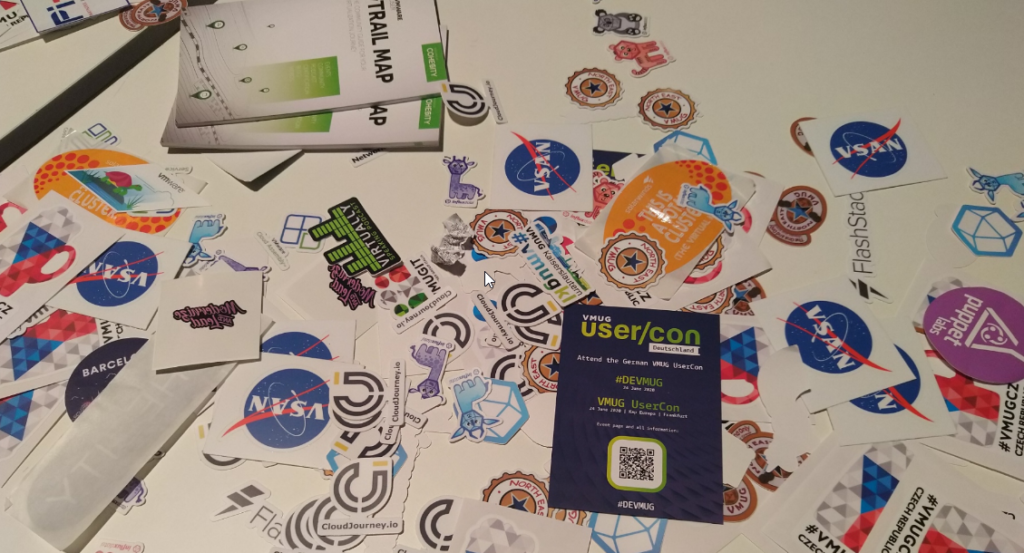There are discussions going on, whether VMworld EMEA should move on to a different city or not. Barcelona has hosted VMworld EMEA since 2012 and in previous years it took place in Copenhagen (DK) and Cannes (F).
Infrastructure
In my opinion Barcelona is a good choice for several reasons. Fist of all it has a large congress center and an international airport which is important for visitors from outside Spain. The city also has an excellent public transport system with buses, metro and trains. During commute hours you don’t have to care about the metro timetable. Trains will depart every 3 to 5 minutes. Tickets are cheap. With a T-10 card you pay about 1 € per ride. Train changes included.
Those who love adventures, may go for a taxi ride. Fasten seat belts and hold on tight! 😉
Accommodation
Barcelona also has a broad offering in accommodation. Depending on your personal preferences (and budget) you can choose from very basic to luxury. There are hotels all over the city in different categories. My personal favorite are small accommodations (hostals) in the inner city. For a fair price you’ll get a simple but clean room. Moreover these hostals are officially licensed by the city tourism board, pay taxes and comply with European security stadards.
Climate
VMworld EMEA takes place in November. While the weather in central and northern Europe at that time is usually cold and rainy, Barcelona offers mild temperatures between 15 and 25 degrees Celsius. Wear a short sleeve shirt and you’re dressed. At night a light jacket is enough to go out. No need for winter boots and down parkas
Food
I admit – food is a matter of taste, but in my opinion Catalunya’s cuisine is superb. Tapas are tasty little bits to share on a table during evening meetings in a restaurant. Seafood is fresh and comes in a big variety.



